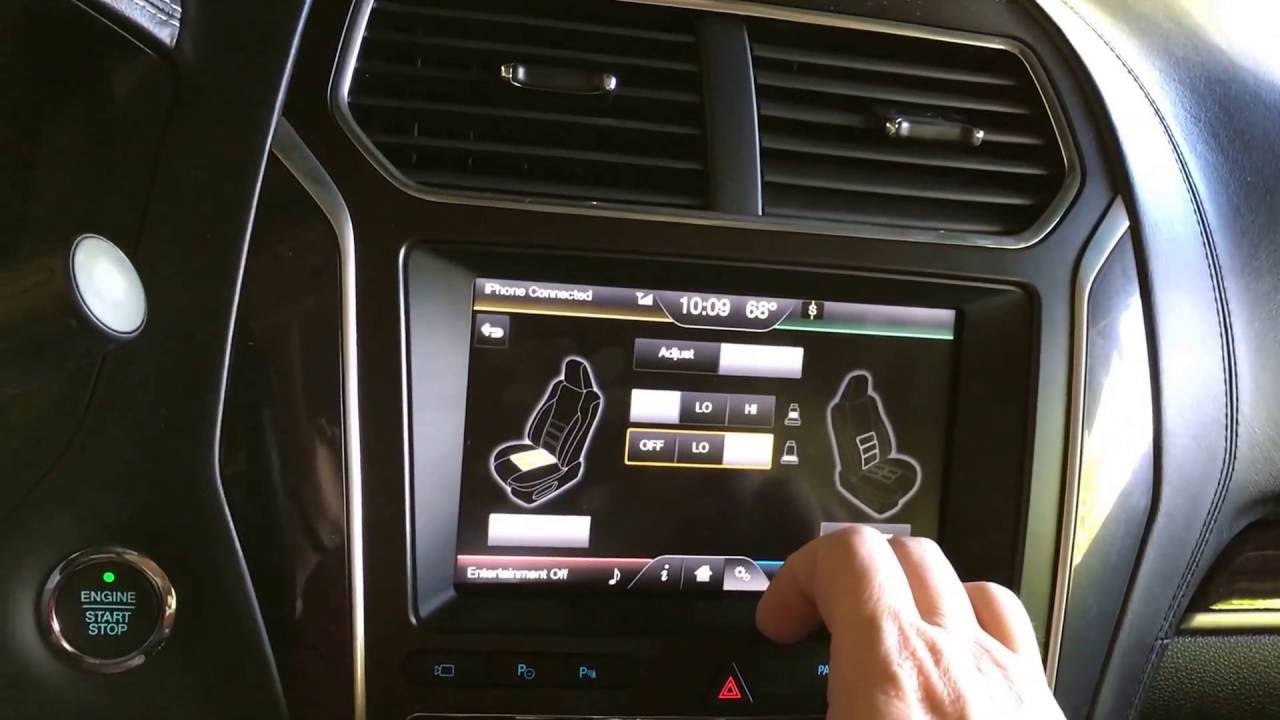Radiator Cooling Fans 101

You probably know that the radiator in your car cools your car’s engine. It does this by allowing outside air to flow through the radiator core cooling the fluid circulating inside which also travels through the engine block. The problem is that vehicles aren’t always moving, so years ago engineers designed special fans to physically pull outside air through the radiator for cooling. This is an especially important process when the engine is running yet the car is standing still. Ever been stuck in a traffic jam.? You get the picture.
Mechanical fans
Starting in the early days of automobiles, the cooling fans in were driven directly by the engine. They were mounted in the front of a car’s engine and were driven off a pulley connected to the engine’s crankshaft. This configuration was simple and worked very well but technically used up a little engine power whenever the engine was running. This loss wasn’t a problem in the days of cheap fuel, however, when the government started imposing gas mileage requirements on Detroit, it became an issue. In the search for efficiency, every inefficient technology used on the engines of the day was looked at closely.
Electric fans
An obvious solution to the efficiency loss was to go electric. The main advantage of electric fans is that they can be designed to run at optimal speeds and only when needed. In other words, an electric fan can be shut off when the vehicle is moving. This increases efficiency and gas mileage. And, when stuck in traffic, electric fans can easily be switched back on if the coolant temperature rises too high.
Electric fan design
Electric cooling fans are typically mounted right behind the radiator. In older cars, the system consists of a DC electric motor controlled by a thermostatic on/off switch. With these simple circuits, the thermostatic switch on the radiator connects to battery power on one side, and to the fan motor on the other. When the radiator coolant heated up enough, the thermostat would close the switch and the electric fan would start rotating.
According to Len Stoler Lexus of Ownings Mills, a local Lexus dealer in Ownings Mills, MD, in the 1990s, the circuits got a little more complicated. Engineers used a dedicated module or the car’s main computer to control the fan operation. Typically, a thermostatic sensor is still used but instead of it switching heavy current, it is simply used to trigger a high-power relay. Not only does this switch the fans on when the temperature rises, it also allows fans to be switched on when AC systems are being used. This is so they can draw air across the AC condenser in addition to the radiator.
They still use engine power, though
Which brings up a point commonly misunderstood: some insist that electric fans are more efficient because they don’t “run off the engine.” This technically true, there isn’t any “fan belt” but the power does come from the engine. All the electricity in a car comes from the alternator, which is turned by the engine. Electric fans draw a lot of power and that current has to come from somewhere! And that somewhere would be the alternator. However, the system is more intelligent than the old mechanical fan and fan belt method because it can be turned on and off when operations under the hood require it to. This is the advantage of electric fans, they can be operated more efficiently than the old belt driven ones.





